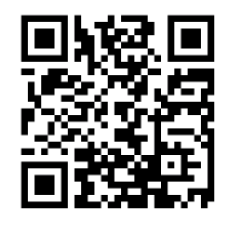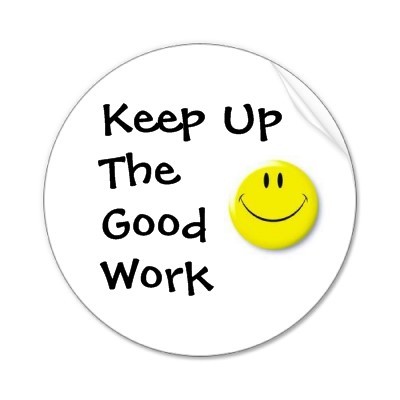Come diceva una canzone dei Pink Floyd THE WALL, “Hey teachers, leave us kids alone!!” il mio obiettivo primario è sempre stato quello di sviluppare la vostra AUTONOMIA in modo da non dipendere da noi docenti ma di essere invece consapevoli e responsabili del vostro apprendimento.
Il modo migliore per “imparare” – non lo dico solo io ma lo insegnano gli esperti di didattica e Peer Learning – è “insegnando” agli altri, ai propri compagni. Fino ad oggi ho condiviso con voi i miei video di letteratura e i vari tutorial, utilizzando la didattica del FLIPPED LEARNING. Adesso però ritengo siate pronti per “rovesciare la lezione rovesciata” – che paradosso! – e creare voi dei video sugli argomenti di letteratura che abbiamo trattato. In questo modo: selezionerete i contenuti per voi importanti, ripasserete e organizzerete le informazioni, metterete in gioco la vostra creatività scegliendo immagini adatte (mi raccomando il copyright) e vi concentrerete sulla dizione chiara ( intonation e tono della voce) e sulla corretta pronuncia. (Nel dubbio consultate Word-Referencce) Direi che di competenze ne metterete in gioco! Now let’s start!
Si tratta di preparare le vostre presentazioni – max 8 minuti – con Power Point ma anche Emaze, Prezi o Adobe Spark e poi video-registrarle utilizzando un’applicazione di Screencasting -ovvero di cattura di ciò che avviene sullo schermo – e poi salvarli come video su YouTube.
Potete utilizzare Screencast-O-matic di cui ho creato il video tutorial.
Oppure Quick Time, con mio tutorial … con finale molto informale. Non l’ho rifatto perchè mi ha fatto ridere nella sua imperfezione! In fondo quando si fa screen casting è facile che succeda … anche ai prof 🙂
Se non doveste essere soddisfatti con questi applicativi esiste anche Jing che io stessa ho utilizzato ma a cui preferisco i due precedenti.
Quando avete registrato il vostro video, cliccate SHARE / CONDIVIDI e mettete il link sul PADLET con tutte le vostre nmeravigliose presentazioni che potete anche commentarvi a vicenda. Buon lavoro!!



